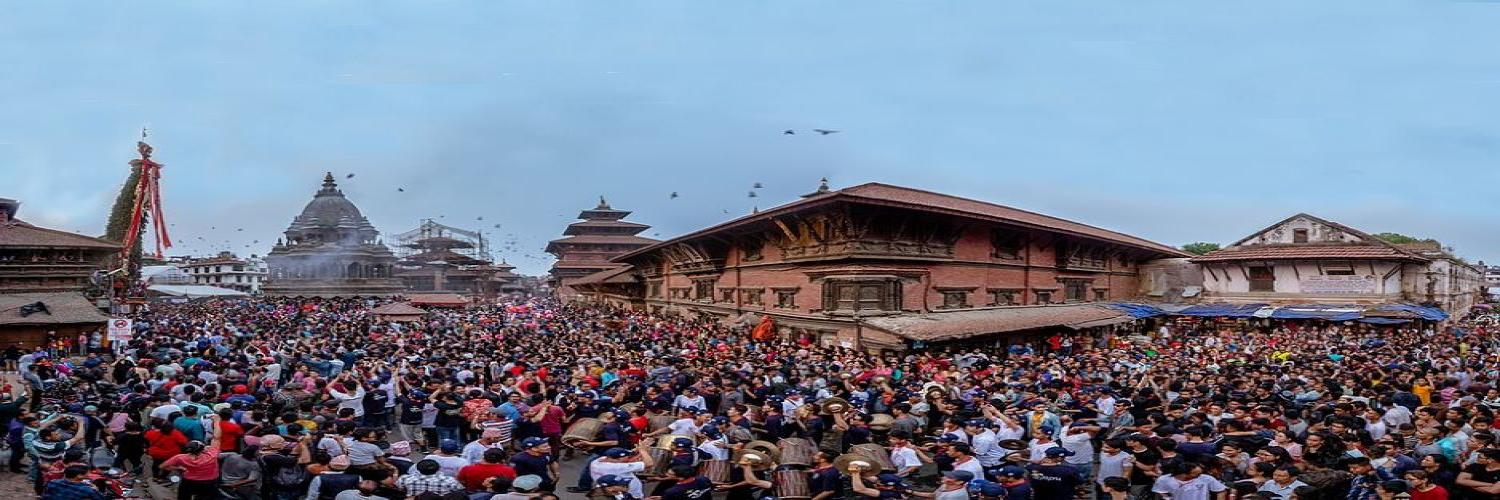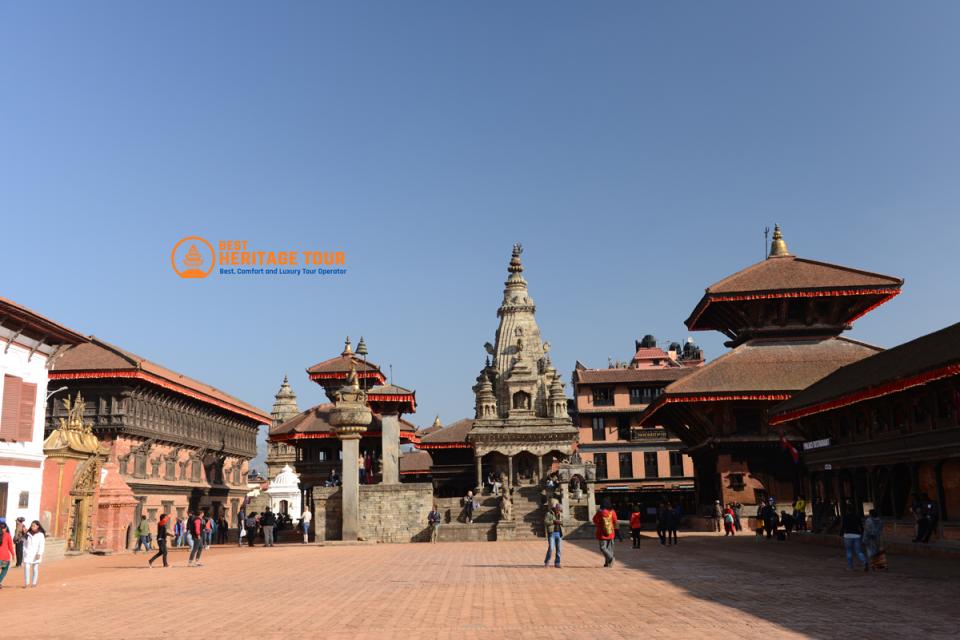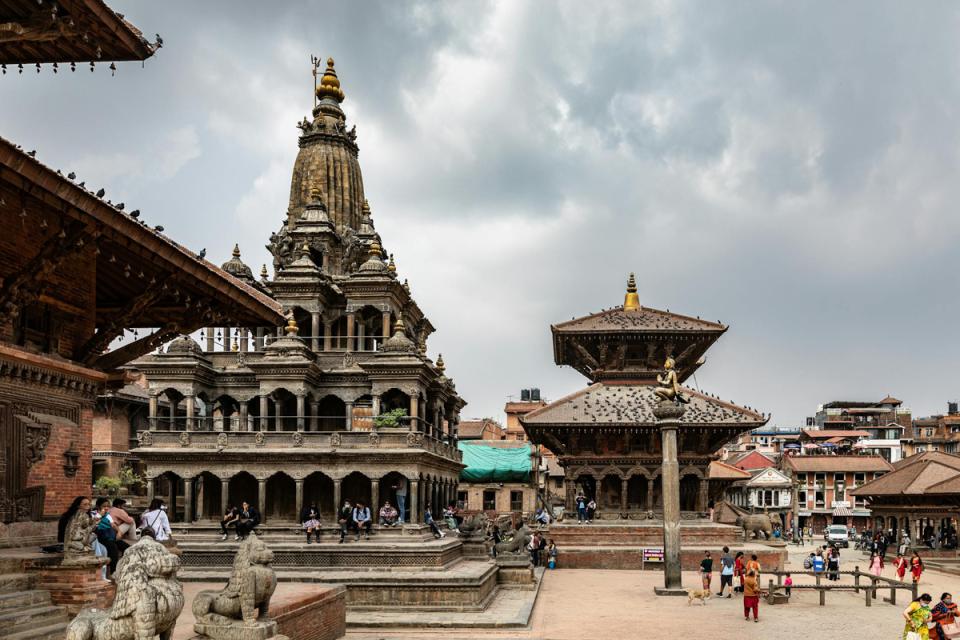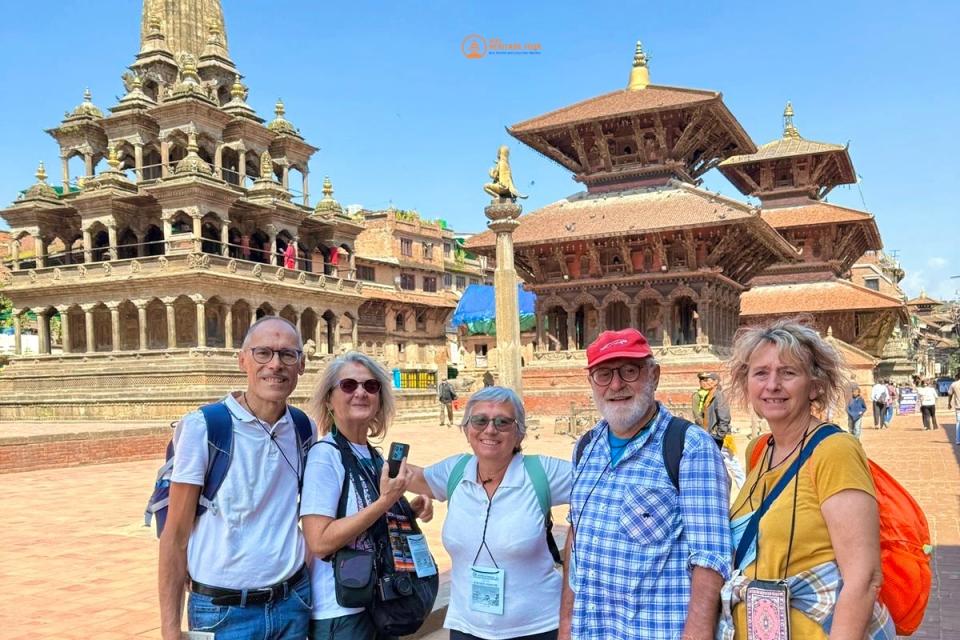Krishna Jayanti, also called Janmashtami, stands as one of the most joyous and spiritually significant festivals celebrated in Nepal, especially in the culturally rich Kathmandu Valley. This festival marks the birth anniversary of Lord Krishna, the eighth avatar of Lord Vishnu, who is adored for his divine playfulness, wisdom, and heroic deeds. Observed with great enthusiasm every year in August or September, Krishna Jayanti blends profound religious rituals with lively cultural festivities. It is a time when devotion fills the air, communities come together, and age-old traditions are vibrantly upheld.
For devotees, Krishna Jayanti is more than just a celebration; it is a moment to reflect on the virtues Krishna embodied - compassion, righteousness, and the triumph of good over evil. The festival inspires people to renew their faith, practice kindness, and connect deeply with Nepali cultural heritage. Whether in bustling city temples or quiet neighborhood shrines, the spirit of Krishna Jayanti brings together people from all walks of life in joyful reverence.
Why is Krishna Jayanti Important?
Lord Krishna’s birth is celebrated as the divine arrival of a hero and teacher who shaped Hindu philosophy and ethics. According to Hindu mythology, Krishna was born during a time of darkness and tyranny. His birth was destined to restore dharma (moral order) and eliminate evil forces. Thus, Krishna Jayanti symbolizes hope, renewal, and divine protection. Devotees believe that observing this festival with sincerity can bring spiritual upliftment and worldly blessings.
Beyond religious narratives, Krishna’s teachings, especially as delivered in the Bhagavad Gita, emphasize living a life of virtue, devotion, and balance. The festival becomes a living classroom, reminding people of these enduring lessons. Krishna Jayanti also reinforces the deep cultural identity of Nepali Hindus, preserving oral traditions, music, and dance forms associated with Krishna’s lore.
How is Krishna Jayanti Celebrated in Kathmandu Valley?
Celebrations of Krishna Jayanti in Kathmandu Valley are rich in rituals, music, and community participation. Temples dedicated to Lord Krishna, especially the iconic Krishna Mandir in Patan, become bustling centers of devotion. The festival day begins with early morning prayers and fasting by devotees, especially women, who seek blessings for their families’ health and prosperity.
The highlight of the festival is the midnight celebration, believed to be the precise time of Krishna’s birth. At this hour, temples light countless oil lamps, and priests perform elaborate pujas (worship rituals) with offerings of flowers, fruits, and sweets. The atmosphere is filled with the chanting of Krishna’s names and devotional hymns known as bhajans and kirtans.
Community involvement also plays a big role. Folk dramas reenacting Krishna’s childhood, including his playful pranks and divine miracles, are staged in temples and local squares. These performances are often accompanied by traditional musical instruments, creating an immersive cultural experience. Many families decorate their homes with images of Krishna, floral garlands, and colorful rangoli patterns to invite prosperity.
Common Traditions and Rituals
-
Midnight Puja: The pinnacle of Krishna Jayanti is the midnight worship session where devotees gather in temples to honor the exact time of Krishna’s birth.
-
Fasting: Many devotees observe a rigorous fast throughout the day, breaking it only after the midnight puja.
-
Bhajans and Kirtans: Devotional singing sessions celebrate Krishna’s life and virtues, often lasting late into the night.
-
Dahi Handi: Inspired by Krishna’s childhood mischief of stealing butter, groups form human pyramids to break a hanging pot of curd (dahi), symbolizing communal joy.
-
Drama and Storytelling: Local communities perform plays recounting Krishna’s exploits, fostering cultural education and entertainment.
-
Temple Decorations: Temples and homes are adorned with flowers, lights, and vibrant decorations to create a festive atmosphere.
Best Places to Experience Krishna Jayanti in Kathmandu Valley
While Krishna Jayanti is celebrated throughout Nepal, Kathmandu Valley offers some of the most vibrant and authentic experiences:
-
Krishna Mandir, Patan: Famous for its intricate stone architecture, this temple is the heart of Krishna worship in the valley. The temple organizes special pujas and cultural programs that attract thousands of devotees and tourists.
-
Janaki Mandir, Janakpur: Though located outside Kathmandu, many devotees travel here during Krishna Jayanti to experience the festival at one of Nepal’s holiest sites.
-
Neighborhood Temples: Various smaller Krishna shrines across Kathmandu and Lalitpur hold intimate community gatherings, offering visitors a chance to witness local customs closely.
-
Public Gatherings: Many parts of the city see public performances, musical events, and fairs, making the festival a cultural spectacle.
When to Visit?
Krishna Jayanti follows the lunar calendar and falls on the Ashtami (eighth day) of the Krishna Paksha (dark fortnight) in the month of Bhadra, corresponding to August or September. Because it is a lunar festival, the exact date changes annually, so consulting a Nepali festival calendar before planning your visit is essential.
The festival’s energy builds through the day, culminating at midnight, making it ideal for visitors to plan their temple visits accordingly. The months of August and September also bring pleasant weather in Kathmandu, which complements the outdoor festivities.
What to Expect?
Visitors to Kathmandu during Krishna Jayanti will find a city alive with devotion and cultural richness. Temples will be bustling with worshippers, and the sound of bells, conch shells, and devotional music will fill the air. The streets may be decorated with colorful lights and festive banners.
You can expect to see devotees dressed in traditional attire, carrying offerings and singing hymns. The atmosphere ranges from deeply spiritual in temples to joyous and communal in public spaces where dances and dramas take place.
For travelers, the festival provides a unique window into Nepal’s religious life and offers countless photo opportunities of rituals, art, and cultural performances. Local markets are also vibrant with festival-related goods such as garlands, sweets, and souvenirs.
Tips for Visitors
-
Dress Respectfully: Wear modest clothing, especially when visiting temples.
-
Participate Mindfully: Join community events respectfully; avoid disruptive behavior.
-
Arrive Early: Temples get crowded especially at midnight; arriving early is recommended.
-
Photography: Ask permission before photographing devotees or rituals.
-
Stay Hydrated and Prepared: If fasting isn’t part of your plan, carry light snacks and water.
-
Engage Locals: Nepalis are generally welcoming and happy to explain the festival’s significance.
Conclusion
Krishna Jayanti is a captivating festival that beautifully combines spiritual devotion, cultural expression, and community bonding. Experiencing it in Kathmandu Valley allows visitors to connect deeply with Nepal’s living heritage and the timeless stories of Lord Krishna. Whether you’re a spiritual seeker, cultural enthusiast, or curious traveler, Krishna Jayanti offers a memorable, enriching glimpse into one of Nepal’s most treasured celebrations.
For those interested in exploring Nepal’s festivals and cultural traditions with expert guidance, Best Heritage Tour offers customized tours to make your experience authentic and hassle-free.
Contact Best Heritage Tour:
Visit: www.bestheritagetour.com
Email: info@bestheritagetour.com / bestheritagetour@gmail.com
Phone / WhatsApp / Viber: +977-9851149197
Office: Thamel Marg, Kathmandu, Nepal
Author: Best Heraitage Tour
Date: 5th August, 2025




